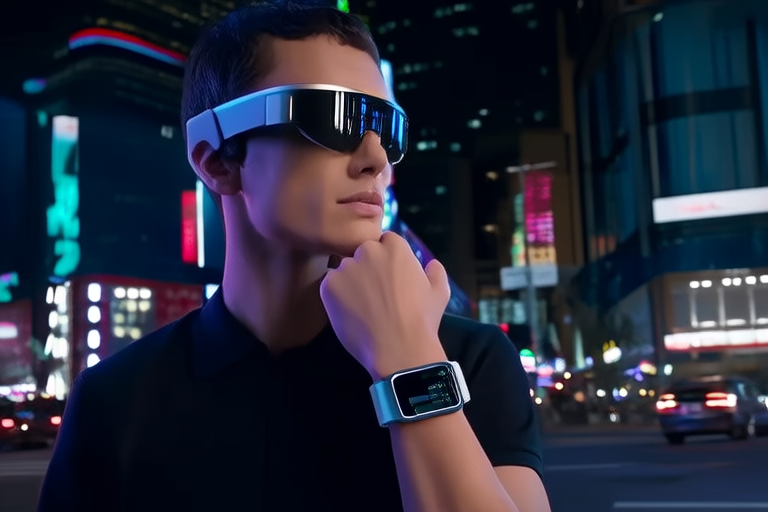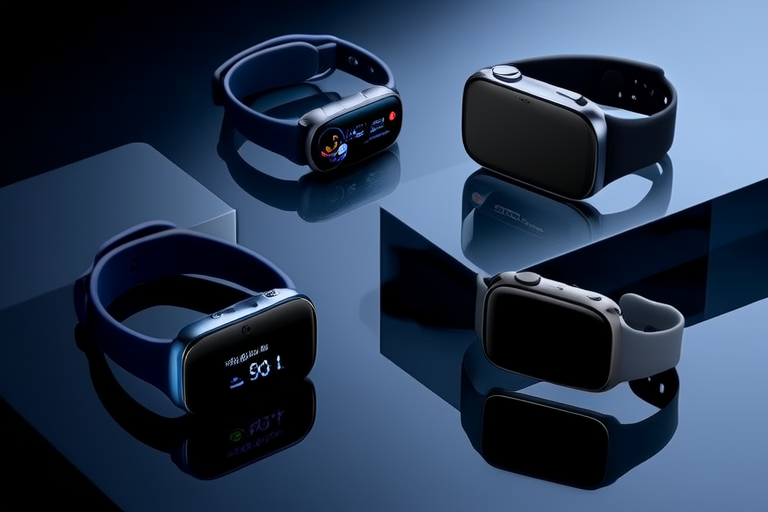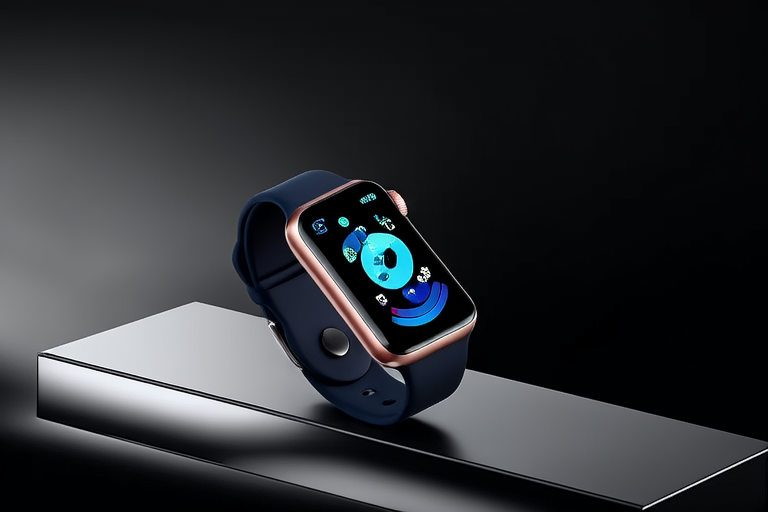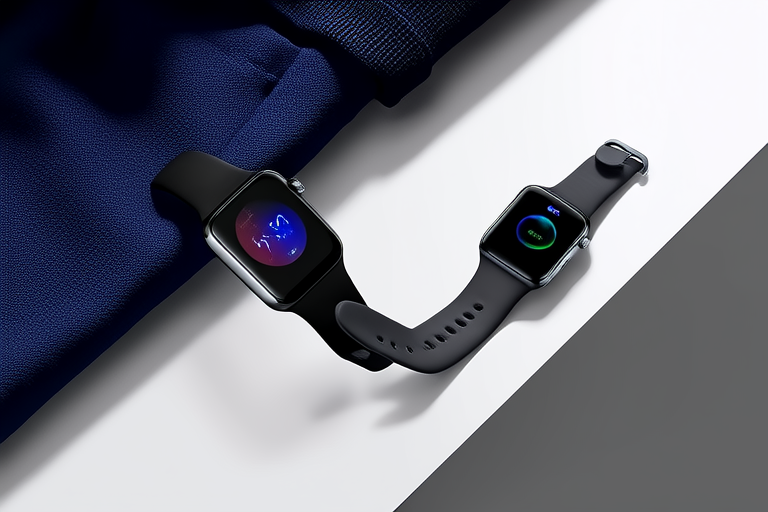Wearable Technology Trends for 2023: What You Need to Know
Introduction
Wearable technology has come a long way since the first digital watches were introduced decades ago. Today, these devices are not just timekeepers or simple fitness trackers; they have become indispensable tools for enhancing our lives in numerous ways. From monitoring vital signs to providing real-time information, wearables are playing an increasingly important role in healthcare, fitness, and everyday convenience.
The evolution of wearable tech can be traced back to the early 2000s when basic fitness bands began to gain popularity. Over the years, these devices have grown more sophisticated, offering advanced features like GPS tracking, heart rate monitors, and even sleep analysis. As we move into 2023, staying informed about the latest trends is crucial for both consumers and professionals looking to leverage these technologies effectively.
Health and Fitness Tracking
In 2023, health and fitness tracking devices continue to push boundaries with cutting-edge advancements. Newer models now include advanced biometric sensors capable of measuring everything from heart rate variability to skin temperature. Continuous glucose monitoring (CGM) systems are also becoming more prevalent, offering individuals with diabetes a non-invasive way to manage their condition.
One significant development is the improvement in sleep analysis. Many modern wearables can now detect different stages of sleep, helping users understand their rest patterns better. Additionally, stress management tools are evolving, providing insights into how lifestyle choices affect mental well-being.
Smartwatches and Smart Glasses
Smartwatches have seen remarkable progress this year, boasting longer battery lives, enhanced voice assistants, and better connectivity options. Popular brands like Apple, Samsung, and Garmin offer models equipped with LTE support, allowing users to make calls directly from their wrists without needing a smartphone nearby.
Meanwhile, smart glasses represent another exciting frontier within wearable tech. These devices incorporate augmented reality (AR) capabilities, overlaying digital information onto the physical world. Potential applications range from hands-free navigation for cyclists to interactive displays for professionals in fields like architecture or engineering.
Connectivity and Integration
Wearables are becoming increasingly connected, thanks largely to improvements in wireless communication standards like Bluetooth, Wi-Fi, and 5G. This connectivity enables seamless interaction between various smart devices, creating what’s often referred to as the ‘Internet of Things’ (IoT). For instance, your smartwatch might sync workout data with a home gym system or send reminders based on calendar events.
Cloud-based platforms play a pivotal role here too, acting as central hubs for storing and processing large amounts of sensor data. Mobile apps further facilitate user engagement by offering personalized insights and recommendations derived from this data.
Sustainability and Design
There’s growing emphasis on making wearables more environmentally friendly. Manufacturers are exploring eco-friendly materials and energy-efficient designs aimed at reducing electronic waste. Some companies are experimenting with solar-powered charging solutions or reusable components.
Design-wise, there’s a focus on improving user comfort and aesthetics. Ergonomically designed straps and lightweight frames ensure prolonged wearability, while sleeker forms factor appeal to fashion-conscious consumers.
Privacy and Security
As wearables collect vast amounts of personal data, concerns around privacy and security grow correspondingly. To address these issues, many manufacturers implement robust encryption protocols and strict access controls. They also work closely with third-party auditors to verify compliance with industry standards.
Education plays a critical part in mitigating risks associated with wearable tech. Users need to stay vigilant about updating software regularly and understanding best practices for protecting sensitive information.
Future Outlook
Looking ahead, several promising areas stand out. In healthcare, expect greater precision in diagnosing conditions via wearable devices, potentially revolutionizing preventive care. Form factors could diversify beyond traditional wristbands and glasses, perhaps incorporating textiles or even ingestible sensors.
Artificial intelligence (AI) and machine learning will likely play larger roles in tailoring experiences according to individual preferences and behaviors. Imagine receiving tailored coaching sessions during workouts or receiving predictive alerts about potential health issues before symptoms arise.




